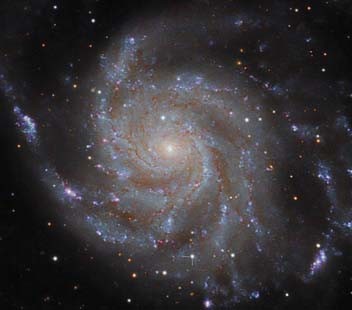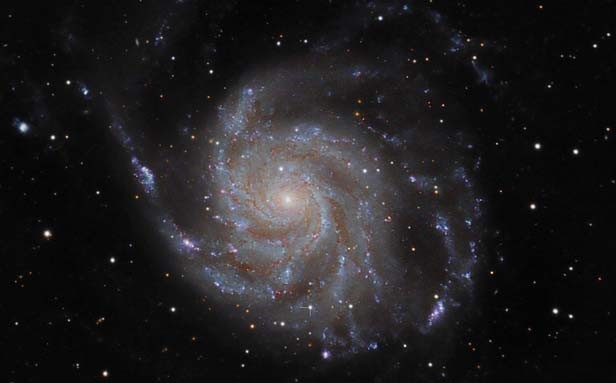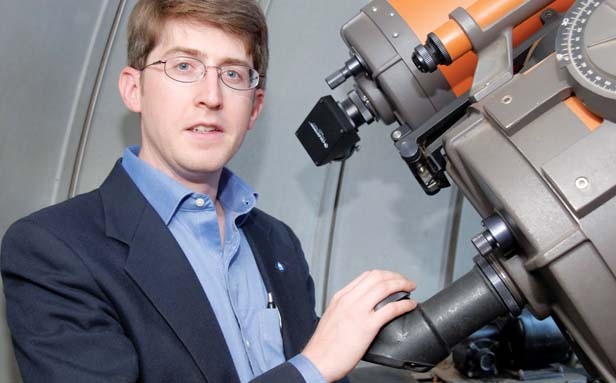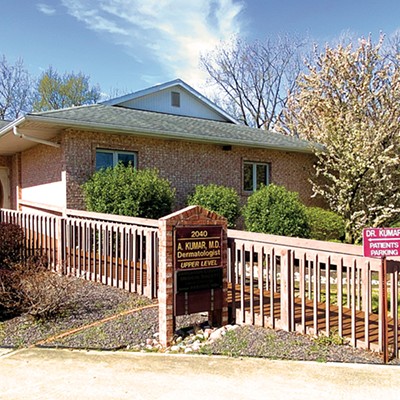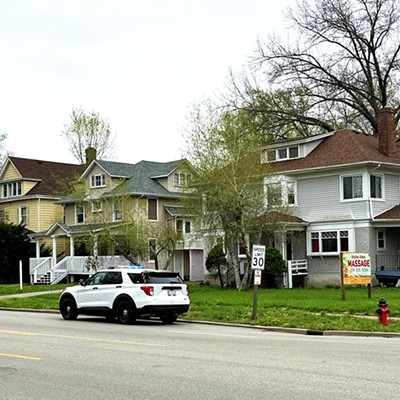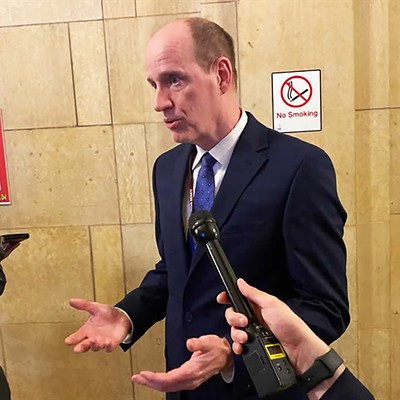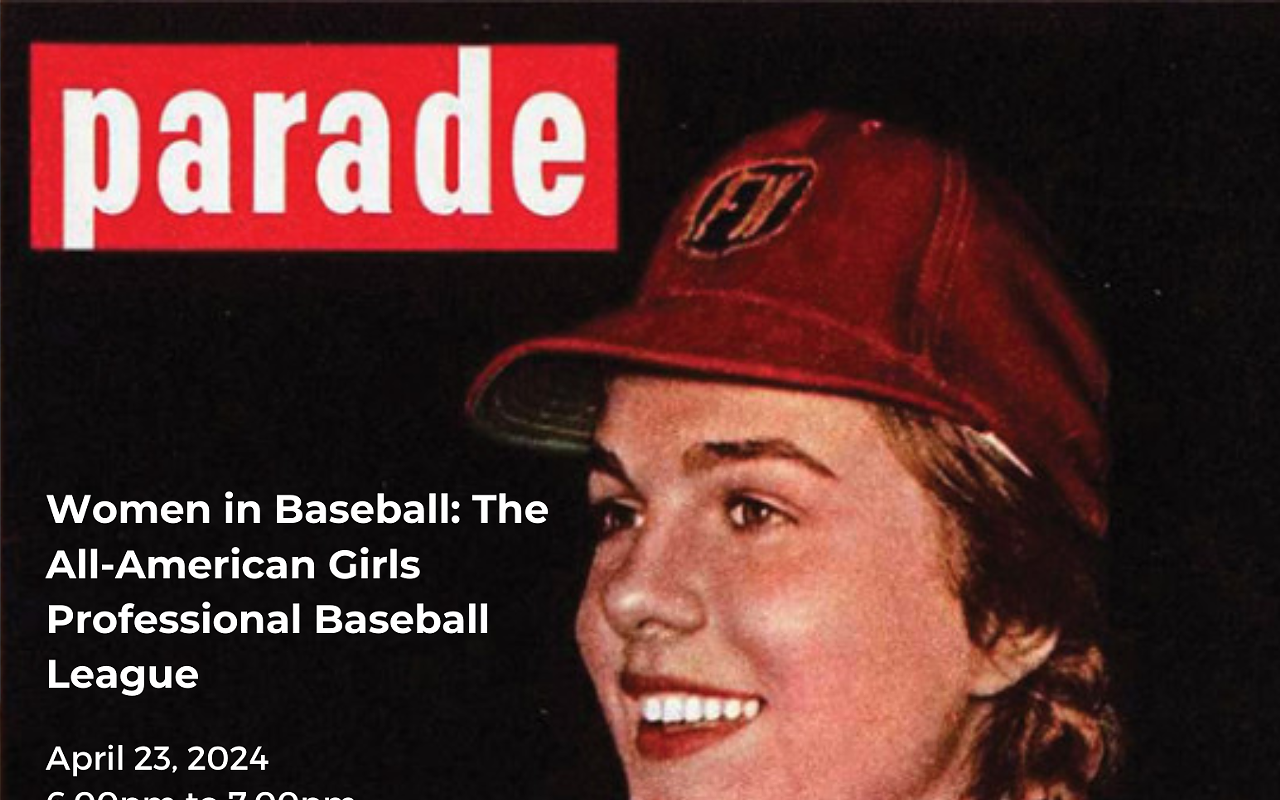The science world was abuzz last week with the sighting of a spectacular galactic event, the kind that only comes once in several decades.
Astronomers at the Palomar Transient Factory in southern California discovered a white dwarf star in a distant galaxy exploding into a bright supernova. It’s been 25 years since astronomers last saw this kind of supernova bursting in the night sky.
The sighting comes as the University of Illinois Springfield is revving up it its own campus observatory for public star parties. From 8 p.m. to 10 p.m. on Friday, Sept. 9, UIS will have its first star party this fall, offering close glimpses of the moon, star clusters and other stellar sights.
Hosted by UIS astronomy professor John Martin, visitors will get a presentation on galaxies, stars and the sun while they ascend the staircase to the observatory.
But star watchers should note they won’t be able to see the newest supernova, called SN 2011fe. Although some recent news reports claim that the celestial happening is visible with binoculars, Martin says would-be supernova watchers might be unable to spot the object.
“I think the visibility of this supernova has been a bit exaggerated,” he said. “That’s something that somebody is going to be able to see in a small telescope, but that’s only at its peak brightness.”
Astronomers think the supernova will peak during the first half of September at magnitude 11. That’s far dimmer than what the unaided human eye can see, and is on the limit of what binoculars can pick up.
Amateur astronomers may also have difficulty finding the supernova, which is happening inside the M101 galaxy, close to the handle of the Big Dipper. As the constellation heads to the northwestern horizon in coming weeks, trees or tall objects could obscure the view.
“It’s rather spectacular that something that’s 25 million light years away we can see at all, but it’s not something you’re really going to be able to go outside, point and say ‘there it is,’” he said.
Martin knows a thing or two about supernovas – he recently received a grant from the National Science Foundation to study a phenomenon called a supernova imposter. In that event, a large star has an eruption as bright as a supernova, but survives the explosion intact. They are extraordinarily rare, and the number observed could be counted on two hands.
“It’s very puzzling to us,” Martin said. “The grant is really working to expand that sample, because we aren’t sure how that type of event fits in to the story for the end stages of a massive star’s life.”
Meanwhile, visitors to the UIS star party will be able to see a ring nebula, globular clusters M15 or M13, and a double star called Albireo in the Cygnus constellation.
“It’s a real institution in Springfield,” he said of star parties. “I hear from a lot of people that they’ve done it at least once before.”
UIS will host additional star parties on Sept. 16, 23 and 30, and Oct. 7, 14, 21 and 28.
No reservations are necessary, and groups are welcome to attend, according to UIS. The entrance to the observatory is located outside of Brookens Library, on the southeast corner of the building.
As sky watching goes, the event may be canceled due to cloudy skies or inclement weather. Questions about whether the conditions will be suitable for a particular date can be answered by Martin at 217-206-8342 at 7 p.m. on the night of the star party.
More information about the UIS star parties is online at www.uis.edu/astronomy/ about/starparties.html.
Matthew Schroyer is a freelance writer and data journalist from Springfield. He is investigating energy issues for the Investigative Journalism Education Consortium (IJEC), a network of journalists working to increase public service reporting in the Midwest. He writes for his blog, MentalMunition.com, and his Twitter account, @matthew_ryan.

